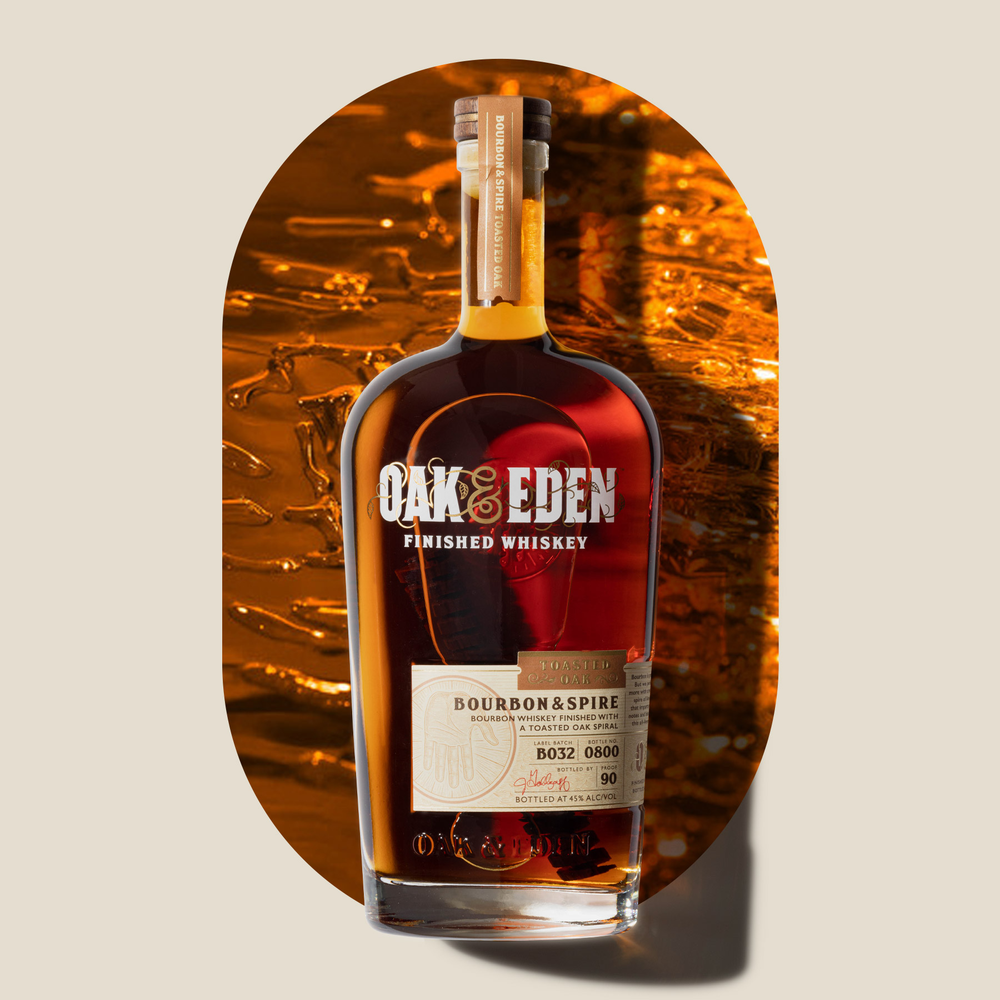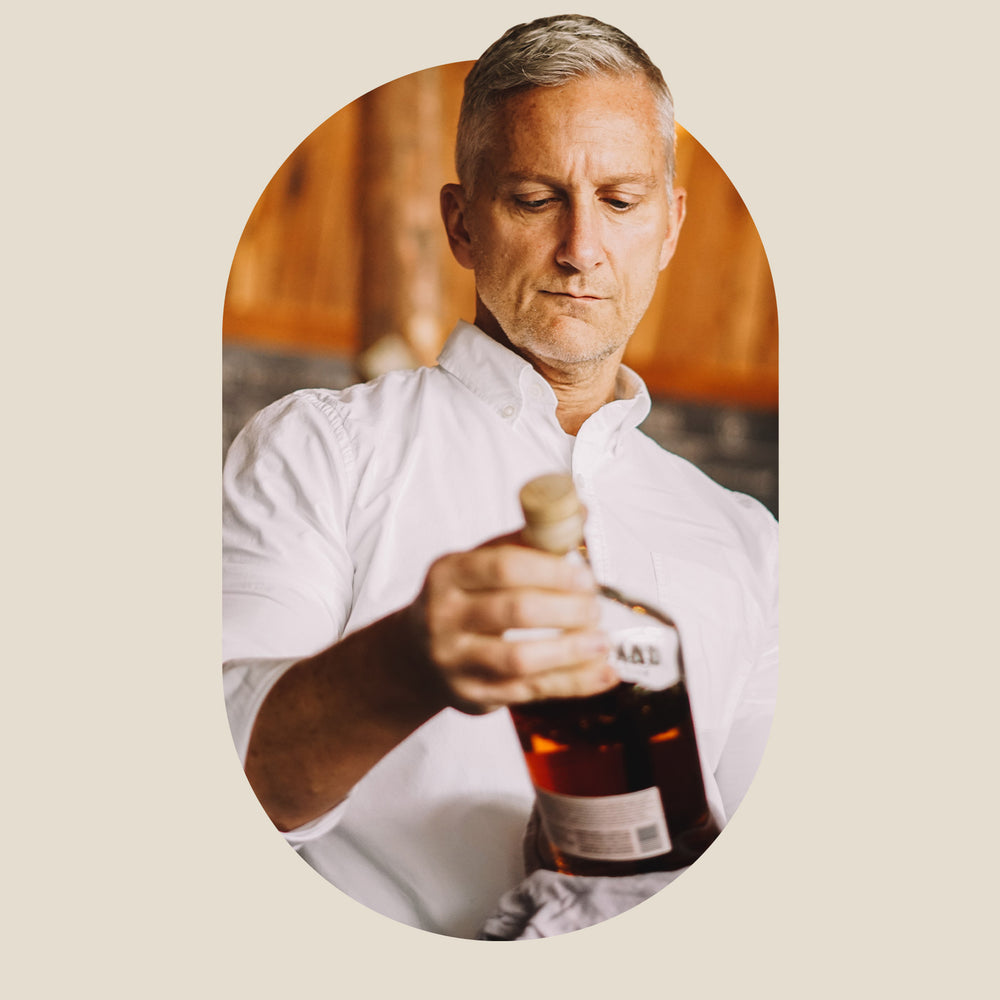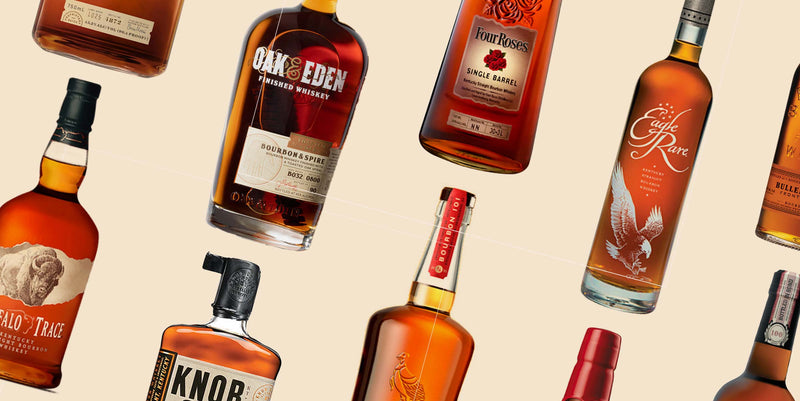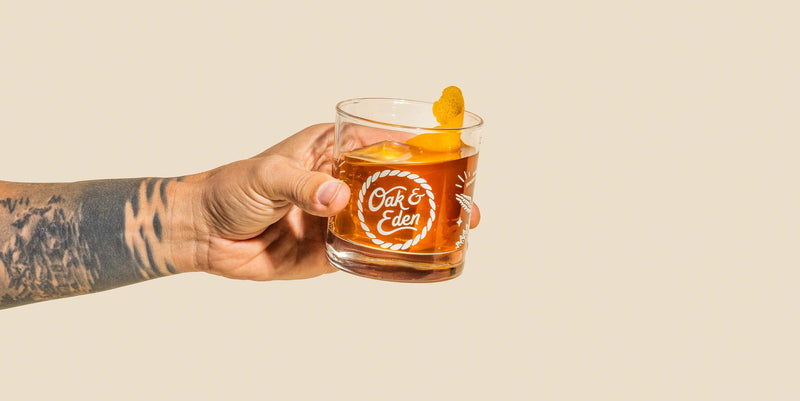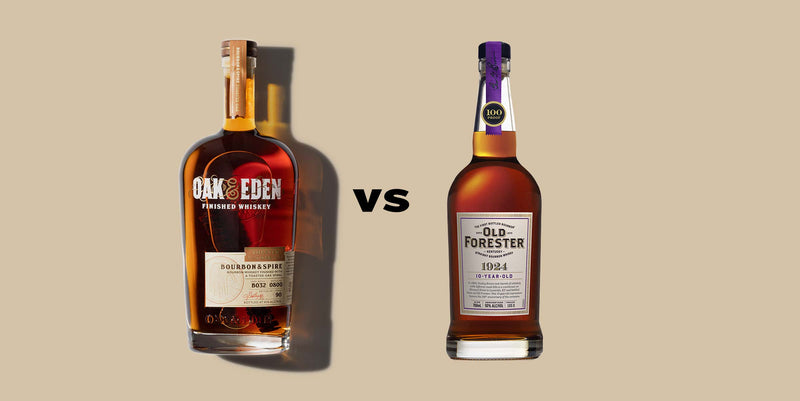What Is Rye Whiskey?
When you think of just the single word "whiskey," what is the first thing that comes to mind? If you are like most people, it’s a delicious amber-colored beverage.
However, if you think about the wide variety of whiskey out there, a lot is left out in this simple definition. Different kinds of whiskey can be worlds apart depending on the ingredients, aging, distillation process, and other factors.
Once commonly misunderstood and underappreciated, rye whiskey is an American style of whiskey that’s less well known than bourbon. Rye whiskey is delicious, unique, and deserves a place in the whiskey world.
Here is an overview of rye whiskey, plus some fun background information on one of the most flavorful types of whiskey around!
What Makes Rye Whiskey Special?
Many things make rye whiskey special, but the most important thing that separates rye whiskey from every other type of whiskey is a high-rye mash bill.
Rye is a cereal grain that is particularly well adapted to growing in cooler climates.
Rye whiskey in the United States must contain at least 51% rye, although many distillers use far more rye in the mash bill. Consider how, with wines, the flavor changes when you change the grapes. The same goes for the cereal grains used in whiskey.
What Is Rye?
As mentioned, rye is a cereal grain commonly grown in northern climates. Rye has been cultivated for thousands of years, dating at least back to early Turkey in the 1800s BCE. Today, the grain is particularly popular in Russia, Germany, Canada, and parts of the United States.
You may be most familiar with rye bread, which you can find at any New York-style deli worth its salt. Rye is a more flavorful and intense grain, giving baked goods an earthy, herbal flavor that is much more earthy than white or wheat bread. This is why rye bread is often paired with very flavorful condiments like mustard — to play against the spicy earthiness of the bread.
What Does Rye Do to a Whiskey?
We know what rye tastes like when you use the grain to make bread, but if you've ever had a piece of toast and a glass of whiskey, you know they aren't all that similar.
In a whiskey, rye strongly impacts the flavor profile. Rye whiskey inherits the more intense flavors and aromatic aspects of the rye grain. This gives rye whiskey a spicy flavor — almost in the way that cinnamon is spicy, rather than the way that hot peppers are spicy.
Depending on the distiller who makes your rye whiskey, your bottle will taste drastically different. This is because a whiskey only needs to be made of 51% rye in the mash bill in order to be considered a rye whiskey.
Certain distilleries create rye whiskey has that minimum threshold, and the rest of the grains are some combination of corn, wheat, barley, or other cereal grains. Other distillers' rye whiskey is made with 100% rye (sometimes known as Monongahela style), giving you nothing but rye flavor head-on.
What Is the History of Rye Whiskey?
While bourbon may be the most popular of the American whiskies, rye whiskey is arguably the more patriotic distilled spirit.
Rye whiskey was first distilled in the United States by farmers in Pennsylvania in 1750, while bourbon wouldn't be distilled until 1783 in Kentucky. Rye continued to grow in popularity across middle America and in places like Maryland. Rye was the favorite whiskey of George Washington, and it’s the drink he made at his distillery on the banks of Dogue Creek in Virginia.
During Prohibition, both bourbon distillers in the midwest and rye distillers in the Atlantic were hit hard. However, when American soldiers returned from World War II with a taste for Scotch (which, logically, comes from Scotland) and Irish whiskey, rye never had the same bounce-back that bourbon did.
Today, you will mostly find rye whiskeys made by bourbon distillers as one of their offerings. You’ll also find that it's frequently produced in the state of Indiana. While rye may no longer have the same popularity it once was, it is still a delicious whiskey that deserves more attention and respect.
How Is Rye Whiskey Made?
Rye whiskey is made much like other American whiskies but with a few unique requirements that make it special. Here is a closer look at a few of the steps in the process.
Step One: Selecting and Mashing the Grains
The first step of making rye whiskey starts with selecting the grains for a mash bill — the recipe for the mix of grains used by each specific distiller. Depending on the distiller, the rye mash bill will have anywhere between 51 and 100 percent rye. The other 49 percent could be made up of any combination of corn, wheat, malted barley, and other cereal grains as the distiller sees fit.
Then, the grains are ground finely and mixed with water to create a porridge-like substance. This helps release the sugars in the grains so the yeast can metabolize them during fermentation.
Step Two: Fermentation
Now that the grain has been mashed, it is ready for fermentation — the part of the process that creates the alcohol. The mash is placed into a large container, and yeast is added to the mixture. The yeast eats the sugars present in the grain and, as a byproduct, creates alcohol.
The mixture will be left to ferment for anywhere from two to five days, at which point the fermentation process is complete. The liquid will have reached about 12% ABV — about that of a typical wine. This liquid is often called the distillers' beer.
Step Three: Distillation
Then, rye whiskey can finally be distilled using one of two methods: the less common column still distillation or the more common pot still distillation. Here we will take a quick look at pot still distillation and the process that makes the delicious, high ABV whiskey that we know and love.
Distillers’ beer is poured into a large copper or metal pot, which is then heated from below. Alcohol has a lower boiling point than water and the other components of the distillers’ beer, meaning that much of the vapor that burns off at a low temperature is alcohol. This vapor rises through a chamber. It is then collected in a condensing chamber, which cools the gas back to a liquid with a higher alcohol concentration than before.
What is leftover is discarded, and the remaining purified liquid repeats the process until it gets to the proper alcohol content, often as high as 160 proof, or 80% alcohol.
Step Four: Aging
This step is where the real magic happens when making rye whiskey (or any type of whiskey). The distilled whiskey is poured into new, charred American oak barrels, which are liquid-tight but not airtight. This means that the oak can expand and contract with the changing temperatures, which changes the porousness of the wood.
This pulls the whiskey in and pushes it out of the wood cask, and along with it, the whiskey takes the botanicals and natural color and flavor elements present in the charred wood. This is responsible for most of the flavor and color in a whiskey — when it enters the barrel, it is usually clear.
The whiskey is aged for a minimum of two years and typically four or more years before it can be bottled. Straight rye whiskey will be aged for at least two years and won’t contain any other spirits, but there are other options out there as well, like “bottled-in-bond.”
Step Five: Bottling
The final step of the process is bottling the whiskey. Most rye whiskeys will be a blend of many barrels in one single bottle, which helps to deliver a consistent taste and flavor across bottles and batches.
Single barrel offerings are composed of a rye whiskey from a single barrel — which means it will have all the unique characteristics of that particular barrel.
The Bonus Step: In-Bottle Finishing
Here at Oak & Eden, we take our rye whiskey (and all of our whiskies) through one more step: in-bottle finishing. Each bottle of our whiskey is bottled with a spire, a spiral-cut piece of wood that is carefully chosen and toasted or charred for each whiskey we make. These spires help deliver additional flavor notes while your whiskey rests in the bottle.
How To Enjoy Rye Whiskey
When people (and even bartenders) who aren't used to drinking rye whiskey first start to incorporate it into their repertoire, they often aren't sure if they can use it just like they would a bourbon whiskey.
Luckily, rye is a very versatile drink, and so long as you enjoy the flavor and know the best ways to tame the rougher edges of rye, you can make tons of delicious drinks:
Whiskey Sour or Whiskey Smash
Whiskey sours and whiskey smashes are both lemony whiskey cocktails. That additional acid from the lemon and sugar in the cocktail helps mellow out the rough edges for a smooth cocktail.
Manhattan
The Manhattan cocktail is a classic, and for good reason. American rye whiskey is always at home in this adaptable Prohibition-era cocktail, which is completed by a touch of bitters.
Toronto
Canadian whisky is its own particular type of rye, so we couldn't leave out Toronto. The drink combines Canadian rye whisky with Angostura bitters, Fernet-Branca, and simple syrup for a delicious Manhattan/Old Fashioned crossover.
Once you’ve mastered the classics above (and other options like the Sazerac), you can experiment with using rye in new, interesting ways. Perhaps you want to make a take on the mint julep using rye, or maybe you’ll swap rye into a Tennessee mule for a unique take on a classic.
What Is Rye Whiskey: Takeaways
Rye whiskey is a delicious option that every whiskey lover should at least try once. You may just find you enjoy the spicy sweetness of a rye whiskey just as much as the mellow caramel of bourbon.
Rye whiskey must contain a minimum of 51% rye if it is made in the United States, although it can be as much as 100% rye. The whiskey must also be aged in new charred oak barrels for a minimum of two years and cannot be distilled to more than 80% ABV or 160 proof.
If you are looking for a delicious rye whiskey to try, we have a few options at Oak & Eden. Our Inspired Series is our classic take on rye whiskey, with an emphasis on pure rye flavor — our mash bill is 95% rye. If you want a more adventurous concoction, our Infused Series takes our classic rye and swaps out our spire for a rum-soaked spire, giving you a rum-infused rye. Lastly, if you want something on the wild side — our Anthro Series is our barrel-proof rye with a French Oak spire.
Whatever you like to drink, give it a try with rye.
Sources:
10 Things You Didn't Know About Rye, The World's Most Underrated Grain | Food Republic
Rye: America's almost-forgotten whiskey | TBR News Media
Distillation Glossary: Pot Still Terms You Should Know | Serious Eats

